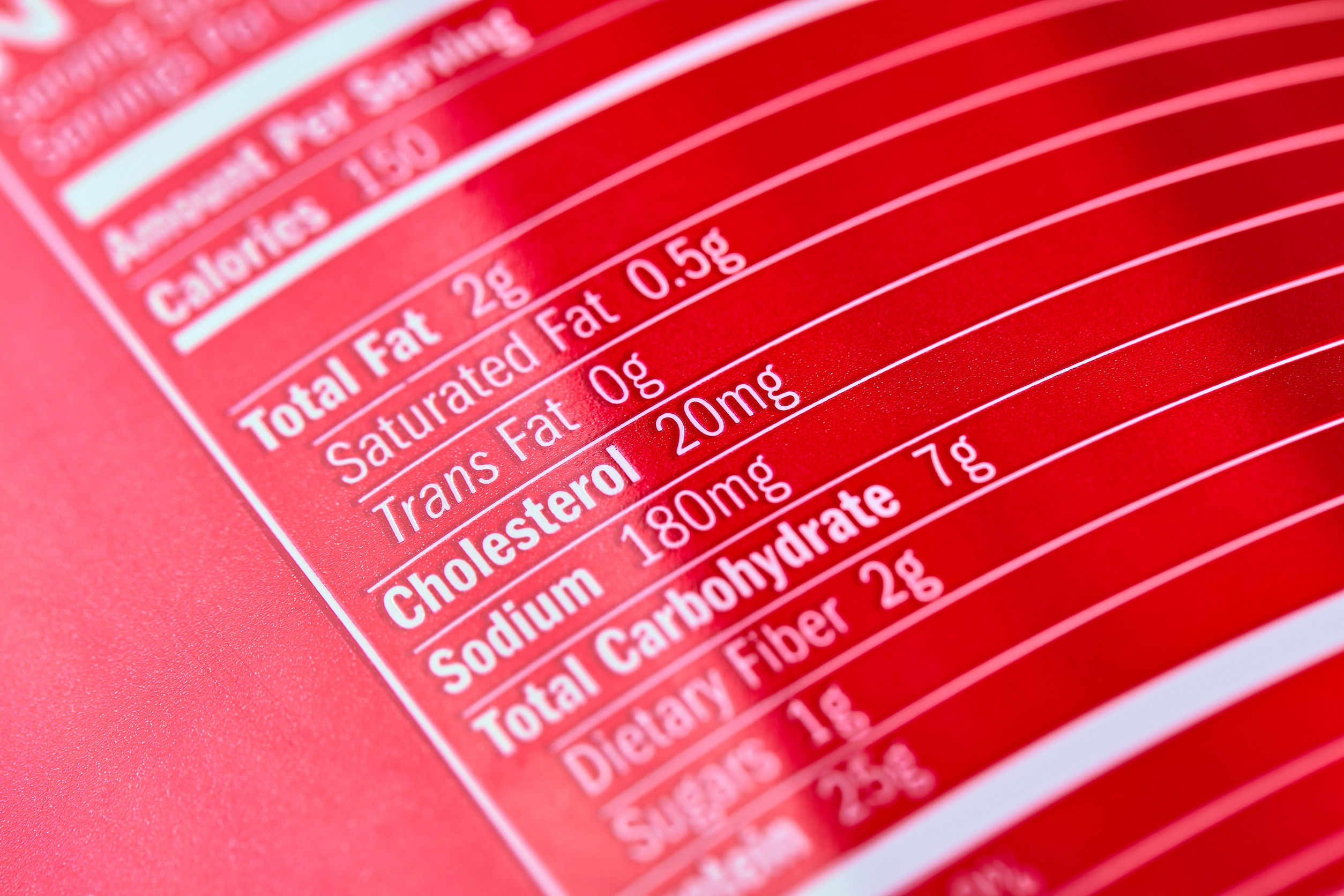
We all glance at calories and maybe check sugar, but most of us miss deep insights lurking on food labels. For shoppers aiming to eat smarter—especially with allergies, diet goals, or health conditions—those hidden metrics matter. By learning which seven things to always check, you’ll dodge misleading claims, spot hidden dangers, and make choices that genuinely support your wellbeing. Let’s dive into what many people skip—and why you shouldn’t.
1. Serving Size Versus Container Size
Many shoppers assume the “Nutrition Facts” reflect the whole package, but labels usually show information per serving—not per container. The serving size helps anchor all numbers like calories, fat, sodium, and sugar. If you eat multiple servings at once (say, the whole bag), you must scale up those numbers. The FDA reminds consumers that one package may contain more than one serving. Misreading serving size can make a “healthy” snack secretly calorie-dense.
2. Percent Daily Value (%DV) for Nutrients
Food labels include a “% Daily Value” for many nutrients, showing how much one serving contributes to an average 2,000-calorie diet. A %DV of 5% or less generally means “low” in that nutrient; 20% or more signals “high.” This lets you compare foods easily and judge whether something is nutrient-dense or excessive. But many shoppers ignore the %DV column altogether. Always use it to guide whether a food helps or hinders your daily goals.
3. Added Sugars Versus Natural Sugars
Labels now (in many countries) differentiate between “added sugars” and total sugars—the sugar naturally present in fruit, milk, or other foods. The “added sugars” line shows how much extra sugar the manufacturer has inserted. FDA rules require added sugar disclosure in U.S. labels. That matters because high added sugars can drive empty calories without nutritional benefit. Many people skip checking that and only look at “sugars”—a misleading step. Always prefer lower added sugar relative to total calories.
4. Ingredient Order and Hidden Additives
Ingredients are listed in descending order by weight, meaning the first components are the most abundant. If sugar (or another refined additive) is among the first few items, that product likely leans heavily on additives. Also watch for multiple names of the same additive (sodium, salt, monosodium glutamate, disodium phosphate) that inflate what seems innocent. Many consumers skip ingredient lists or gloss over them. Always scan for red flags like partially hydrogenated oils, artificial colors, or long chemical names.
5. Sodium (Salt) in Milligrams
“Salt” is often the silent culprit in processed foods—and labels may show only a small %DV, which masks large milligram numbers. The label gives sodium in milligrams, which can add up quickly if you eat several servings. The recommended daily cap is often around 2,300 mg or even lower for certain health needs. But many assume “low sodium” when the %DV seems safe, ignoring the actual mg. Always compare milligrams, especially across similar products.
6. Fats: Saturated, Trans, and Type
“Total fat” is easy to spot, but knowing what kind of fat is just as important. The label breaks it into saturated and trans fats (worse for health), and sometimes monounsaturated or polyunsaturated fats. Trans fats should be as close to zero as possible—manufacturers often list 0 g if the amount is under 0.5 g. Many people ignore fatty acid breakdown, focusing only on total fat. But distinguishing these fats helps avoid hidden heart risk.
7. Dual Column Labels & Whole Package Values
Some products now use dual-column formats—one column shows values per serving, the other shows entire package values (especially if the package is likely eaten in one go). That makes it easier to assess whether the “whole snack” is healthy—or a calorie bomb. But few shoppers catch or understand dual columns at first glance. Always scan both columns when present and do the math before assuming safety.
Why These Overlooked Details Matter More Than You Think
Surface numbers on food labels—calories, sugar, fat—are only the beginning. The details you skip (“added sugar,” %DV, ingredient order, sodium in mg, dual-column values) deliver the real story. Ignoring them means leaving marketing terms or front-of-pack claims to guide your decisions. But those claims don’t reveal what’s inside. By training your eye to spot these seven checks every time, you’ll shop smarter, eat healthier, and avoid surprises at the checkout or on your body.
Which of these seven label checks do you rarely do—until now? Share which one surprised you the most in the comments below!
What to Read Next
- 7 Ground Beef Labels That Don’t Mean What You Think They Do
- 9 Cheese Blocks That Are Labeled “Fresh” but Travel Thousands of Miles
- 8 Label Warnings Every Shopper Should Learn to Spot
- Do You Know the 4 Biggest Lies on Your Food Labels?
- Why the Bottom Shelf Is a Goldmine for “Private Label” Bargains
The post 7 Things You Should Always Check on a Food Label—But Rarely Do appeared first on Grocery Coupon Guide.







